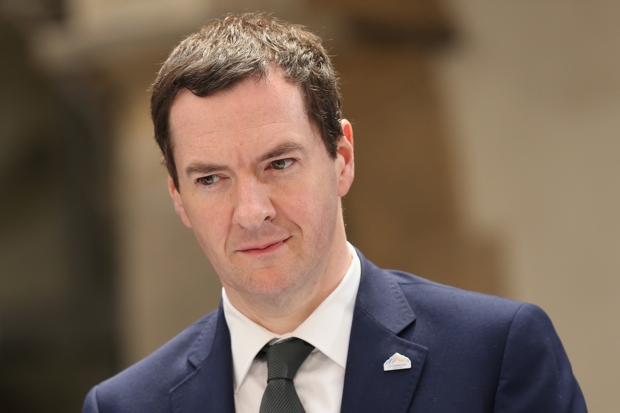George Osborne’s Budget plan to raise the minimum wage to £9.35 for over-25s was a surprise – which means it has not yet been much scrutinised. Ed Miliband’s £8 by 2020 pledge was pretty much a non-pledge as inflation would probably have taken the £6.50 minimum wage to £8 by the end of the decade anyway. So it would not be controlling a greater share of the workforce; Miliband’s apparent generosity was a trick of inflation. But Osborne goes far further; and this has implications.
The chief question, to me, is: what share of the workforce will have their wages set by the government under the proposed National Living Wage (NLW)? Since the inception of the National Minimum Wage it has been about 5 per cent, a small share, so it didn’t really create the job losses that economists had feared. (The problem with a £9 minimum wage is that it renders unemployed those whose skills are not worth £9 an hour – the OBR estimates about 65,000 will be put on the scrap heap by Osborne’s policy; supporters of the NLW would argue that’s a price worth paying for helping the rest).
But if it’s 5pc now, what would it be in 2020? I asked the Office for Budget Responsibility, who kindly got back to me: they reckon it will double to 11 per cent. Unlike FOI responses, queries to the OBR are not posted online – so for the record, here is the response they sent me:
QUESTION: Have you forecast what % of the workforce (ideally male, female and both) will be covered by the NLW in 2020? I understand its 5% for NMW now, and research from Citi suggests it would hit 20% if introduced now, but that’s on 2014 earnings and obviously earnings will rise. ANSWER: The modelling that underpinned our analysis of the NLW was confined to the population aged 21 and over. For 21-24 year olds, the adult NMW is the relevant metric; for 25+ it will be the NLW. Taken together, around 11% would be on the NMW/NLW by 2020. Just looking at those aged 25+ and the NLW, the proportion in 2020 is also around 11% of that group.
This is huge; according to the OECD, greater than any country in the free world – save for Latvia and Luxembourg. I dropped this into my Telegraph column today, but thought the point worth expanding on.
Of course, many Conservatives say that the £9.35 NLW is a tactical masterstroke; a spoonful of sugar that will make the medicine of tax credit cuts go down. They say that politically, it’s vital, because it will confound Labour and push it off to the unelectable left. I don’t argue with any of that logic.
But Conservatives should be clear about what’s happening here: this is a statist power grab that even Gordon Brown balked at. A Conservative government will be setting the wages of 11pc of the workforce. No major (ie, G20) government seeks to control the wages of so many people. A strange way to liberalise an economy.







Comments